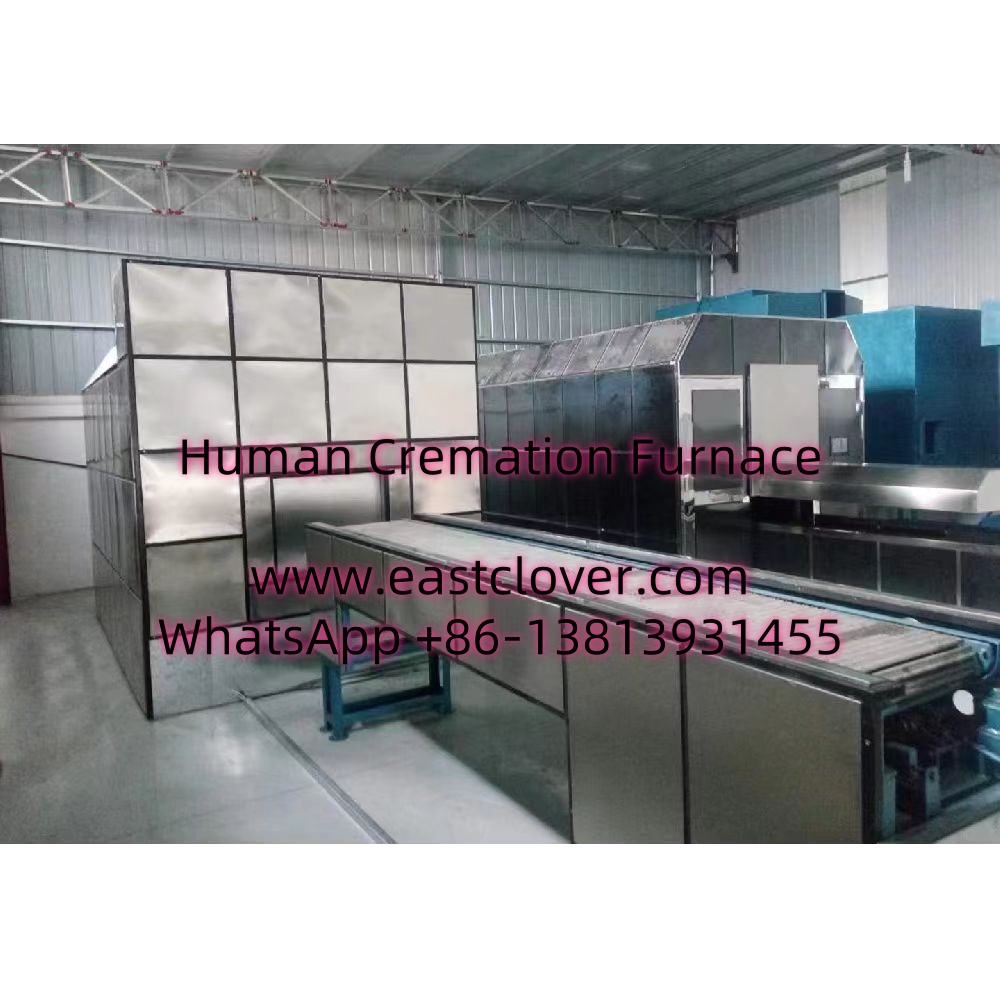Introduction
Commercial healthcare facilities, including hospitals, hospice centers, and dedicated crematoriums, often require cremation furnaces to manage deceased individuals respectfully and efficiently. These facilities must balance operational demands, regulatory compliance, environmental responsibility, and ethical considerations. Selecting the right cremation furnace is a critical decision that impacts service quality, cost-effectiveness, and adherence to legal standards. This guide explores key factors to consider when choosing a cremation furnace for healthcare settings, followed by a conclusion and FAQs to address common concerns.
Choosing the Right Cremation Furnace: A Buyer’s Guide
1. Capacity and Throughput
Cremation furnaces vary in size and capacity, typically measured by the number of bodies processed per day. Facilities must assess their expected workload:
- Single-body vs. multi-chamber units: Smaller facilities may opt for single-body units, while high-volume operations might require multi-chamber systems.
- Chamber dimensions: Ensure the furnace accommodates varying body sizes (e.g., pediatric or bariatric cases).
- Cycle time: Modern furnaces complete cremation in 1.5–3 hours. Faster cycles improve throughput but may increase energy use.
2. Fuel Type and Energy Efficiency
Most cremation furnaces use natural gas, propane, or diesel. Consider:
- Cost and availability: Natural gas is often cost-effective but requires infrastructure. Propane/diesel suits areas without gas lines.
- Emissions: Gas burns cleaner than diesel, reducing environmental impact.
- Energy recovery systems: Some models reuse heat to preheat incoming air, lowering fuel consumption.
3. Emissions Control and Environmental Compliance
Regulations mandate strict emission standards for particulate matter, mercury, and dioxins. Key features include:
- Afterburners: Secondary combustion chambers that incinerate harmful gases.
- Scrubbers and filters: Remove particulates and neutralize acidic gases.
- Monitoring systems: Real-time emission tracking ensures compliance with EPA or EU standards.
4. Automation and Ease of Use
Advanced furnaces offer automation to reduce operator error and labor costs:
- Digital control panels: Programmable settings for temperature, cycle time, and airflow.
- Self-diagnostic tools: Alerts for maintenance needs or system faults.
- Remote monitoring: Track operations via mobile or desktop interfaces.
5. Safety Features
Prioritize operator and facility safety with:
- Emergency shut-off systems: Automatically halt operations during malfunctions.
- Heat-resistant materials: Refractory bricks and insulation prevent external overheating.
- Cooling mechanisms: Post-cremation cooling systems reduce downtime between cycles.
6. Maintenance and Durability
Durable construction minimizes long-term costs:
- Refractory lining quality: High-alumina linings withstand temperatures up to 2000°F.
- Service contracts: Ensure access to technical support and spare parts.
- Warranty: Look for comprehensive coverage of combustion chambers

Comments are closed